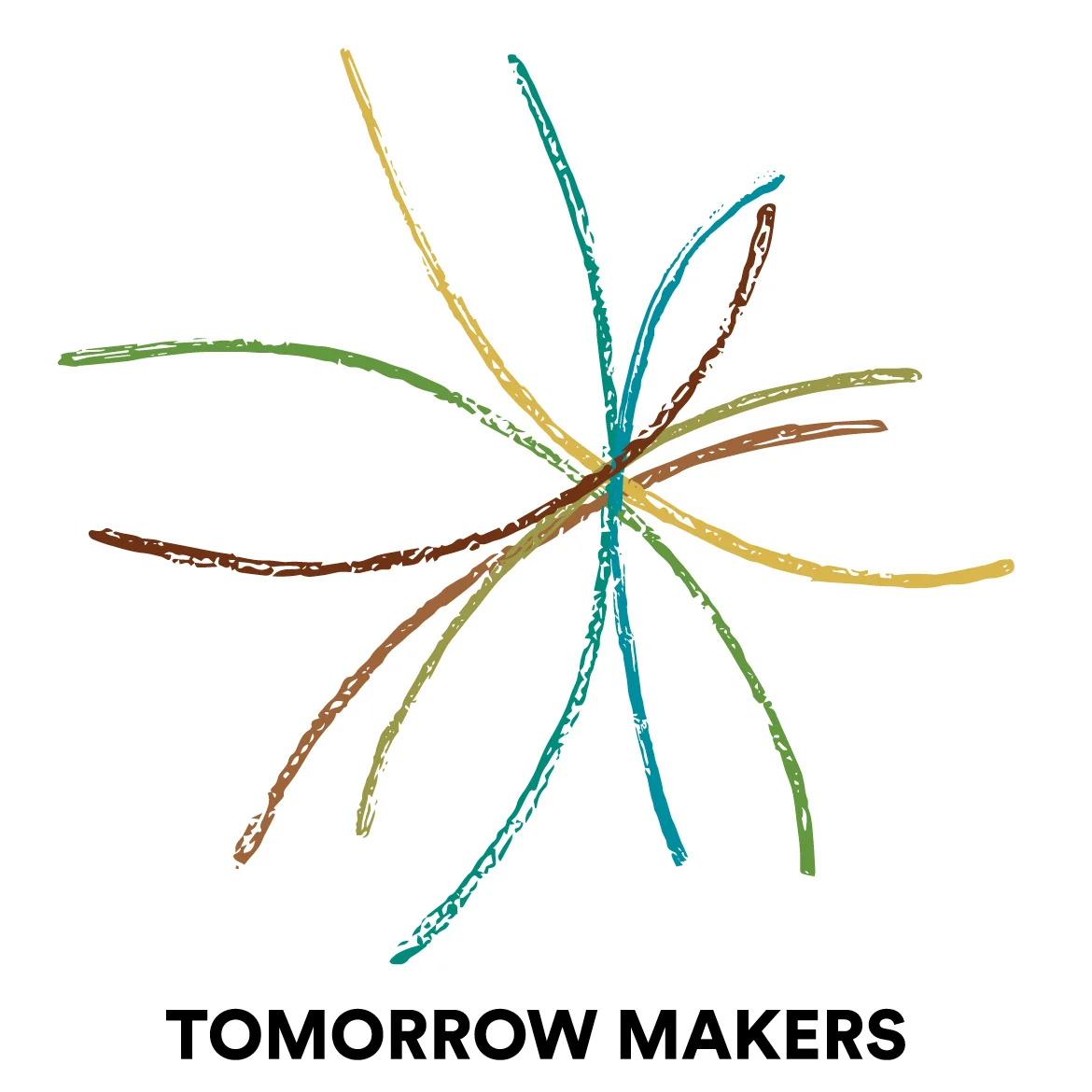Wayfinding, part five
/In which we explore wayfinding’s vital role in steering toward best case futures.
“In assembling complexity, the bounty of increasing returns is won by multiple tries over time. As various parts reorganize to a new whole, the system escapes into a higher order.”
- Ilya Prigogine
This in-between time is ripe for assembling a new complexity. As systems break down, people begin searching for new solutions. They turn away from what no longer works and create paths forward. Some fail, others gain a foothold and begin forming new connections, setting free potential for a higher order. Through multiple tries over time, the new creeps in. Ideas and thoughts are exchanged and commingled; differences are appreciated. The new quickens and begins to spread. Boundaries have not been established, so conversations flow and leap more freely between ideas, process, product, short and long term. The tight hold of beliefs that held up the old paradigm slip and the emerging paradigm escapes out of the clutches of the old, enabling rapid iterations of experiments and ideas. In this, the world experiences an intertwining of the moment in time of great decay and the simultaneous natural seeking of humans to create a better, more fit world.
Oliver Wendall Holmes is said to have proclaimed, “I would not give a fig for the simplicity this side of complexity, but I would give my life for the simplicity on the other side.” Many people do not know how to sense or see this “other side” of complexity. The world seems too vast, too unwieldy, too scary. There is a belief that the old system can be fixed by hunkering down and trying harder to exert control. This results in short sighted compromises with increasing negative consequences.
Escaping to a higher order means that a new framework comes into being, a new coherence. This is not to be mistaken for a simplifying that dumbs down, compromises, or ignores facts and realities. We reach a higher order by working through the complexity, not eliminating it. By definition, this higher order assembles a new framework that makes it easier to create a more sustainable, fit world for all life on Earth.
Designing a world we want means paying attention, listening, conversing, trim tabbing – all from within the long now of our future. It is difficult work, yet playful and ultimately satisfying. We sense and see a new order maturing. We don’t know yet if we are assembling millions of small seeds into the new paradigm we want; if we are growing a prairie or just another variation of a weedy field.
Wayfinders inherently know that all aspects of a social system must work together and come to know each other’s contributions through engagement, finding ways where very different fields of knowledge or expertise fit together. They don’t exert themselves by breaking down the stove pipe mentality, but rather help people reach through and across these boundaries. They assist in finding the cross linkages and intersections. They create strange, yet vital connections and synergies between networks, willing to hold the creative tension of different vantage points together until these partners find common metaphors and create a language that makes their connection relevant. Wayfinders dance with the flow of possibility. They train their senses on seeing what others fail to see and on weaving these differences into the fabric of scenarios in the making.
In her book Integral City, author Marilyn Hamilton develops the concept of "meshworking," which we see as similar in many ways to our wayfinding. She describes how the brain develops and provides what we think is a wonderful and accurate description of how wayfinders work:
“The brain builds itself by laying down large synaptic highways, which become the scaffold of communication corridors from which secondary and tertiary corridors emerge, until a vast “hairnet of axons” covers the brain. Once this hairnet is in place then we have a brain that is able to self-organize an infinite number of connections, thoughts, ideas, innovations and learnings while at the same time behave and direct behavior in dependable, learned ways.”
As one paradigm falls and another one emerges, tremendous transformational events and processes occur. These changes are nonlinear, and cannot be controlled by nation states or institutional powers. Rather they are a hairnet of axons growing throughout the global brain, taking root in the most unusual places, building and connecting entire ecosystems. Wayfinders are meshworkers, wiring and perturbing the global brain, hoping to reveal the shortest routes to a surprising, resilient new world. As the meshwork grows stronger, more and more people recognize ways forward – they begin to see Magellan’s ship. As the new paradigm matures, extraordinary ideas become ordinary transactions.
